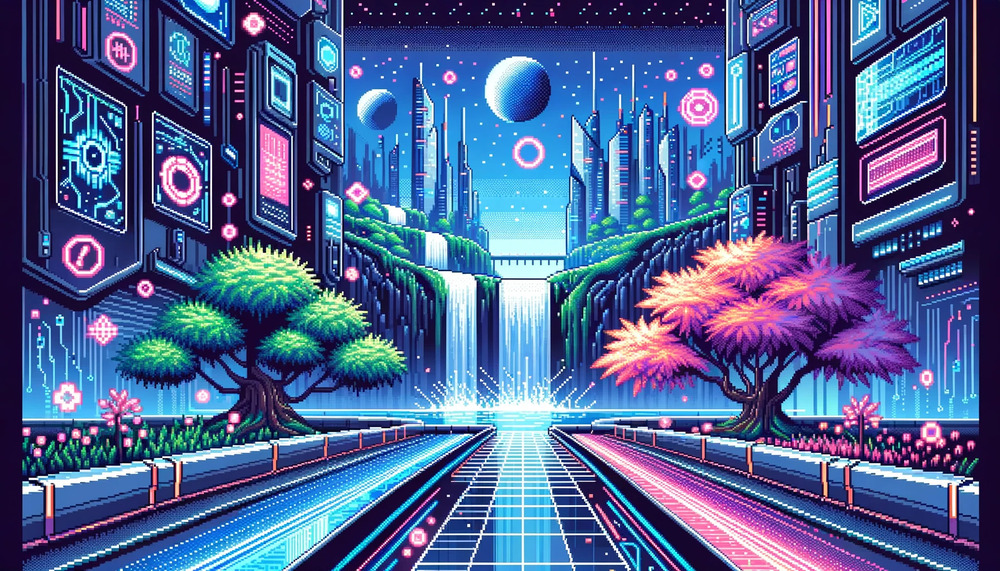Introduction
Have you ever dreamt of creating stunning visuals or composing captivating music, but lacked the artistic talent? Well, buckle up! Generative AI, a branch of artificial intelligence, is rapidly evolving and blurring the lines between human and machine creativity.
What's the Buzz About?
Recent advancements in Generative Adversarial Networks (GANs) have led to groundbreaking tools like DALL-E 2 from OpenAI. This system can generate incredibly realistic and detailed images based on simple text descriptions. Imagine requesting a picture of "a cat riding a surfboard on a Martian landscape" and getting a photorealistic image within seconds!
Beyond Images: A Spectrum of Creative Applications
Generative AI's potential extends far beyond visuals. Tools like Jukebox from OpenAI can create musical pieces in various styles, while MuseNet from Google AI can generate human-quality text formats like poems, scripts, and even code.
Democratizing Creativity: The Future Implications
The accessibility of generative AI tools is expected to increase dramatically. Imagine a world where anyone, regardless of artistic background, can create stunning visuals or write engaging content. This democratization of creativity could revolutionize various industries like art, design, marketing, and even education.
Challenges and Considerations
However, ethical considerations remain. Biases within training data could lead to discriminatory outputs. Additionally, the potential for deepfakes and misinformation raises concerns.
Conclusion
Generative AI is on the cusp of a transformative era. While navigating the ethical complexities is crucial, the potential for accessible and innovative forms of creativity is undeniable. As this technology continues to evolve, the future of art, music, and content creation is sure to be fascinating.

Leave a Reply